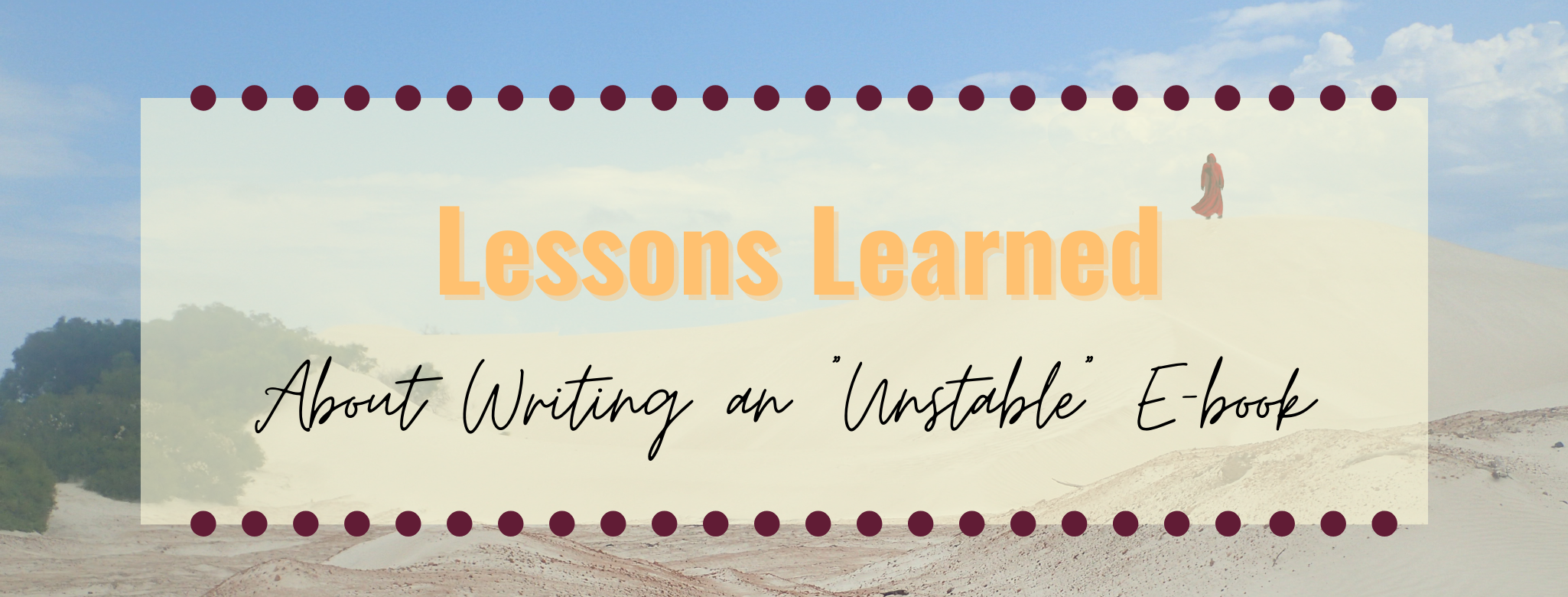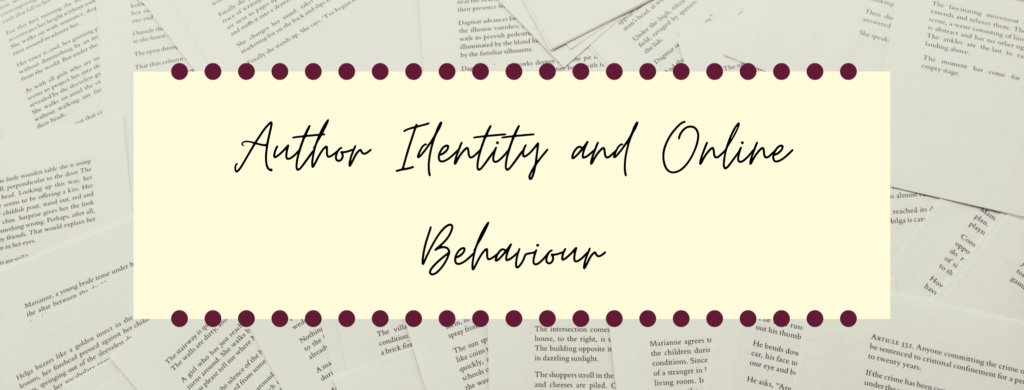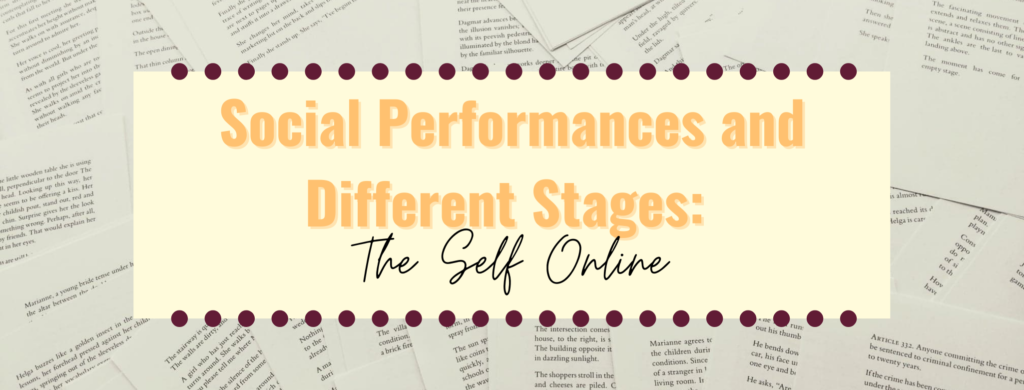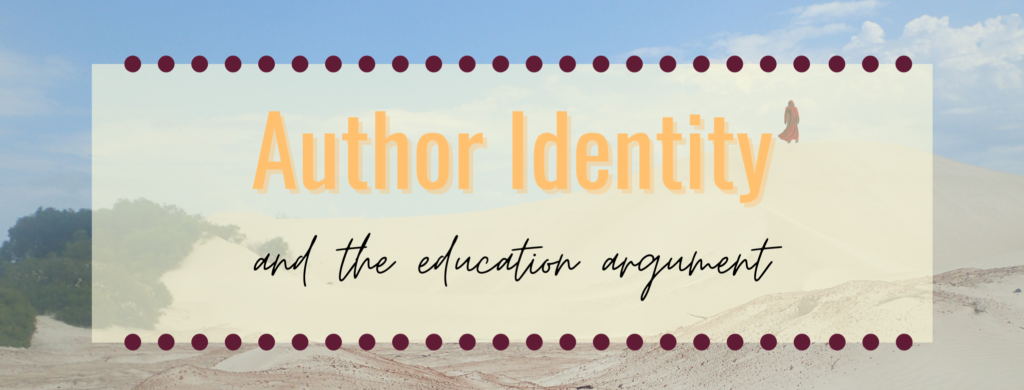I can’t believe that it’s almost three months since Shifting Sands was first published! And you know what that means, right? Despite a catastrophic laptop death meaning lots of re-edits, the new wave of Shifting Sands will be coming on the 17th of March. Hey, I may have fallen off schedule in other areas, but at least not in this. As such, it seems about time to talk about what this whole unstable e-book thing is teaching me. What lessons have I learned about the writing process, about authorship, and about me? This post will focus on the first of those – writing.
Lessons Learned… About Writing
Laying down threads
I would probably class myself as a simple writer who does experimental things. I don’t think I’m actually experimental naturally. Shifting Sands, however, has to be experimental by nature. I wanted to explore e-book potential by disrupting its stability and this meant pushing myself as a writer. But – and this is a big but – my imagined reader was someone like me. I’m incredibly lazy as a reader. I love fantasy, I love innovation, but I’m lazy. Despite the instability, I wanted a text that didn’t punish you for not investing in it. Instead, I needed to find a way to reward readers for engaging. This meant laying down a LOT of threads for the reader to find through the text. And I loved it.
I’m a fantasy writer at heart. I can write character-focused stories in other genres, but this sometimes limits me when it comes to writing in genres that are more plot heavy. You know, like mysteries. I had to pull a lot of elements from mystery in writing Shifting Sands! There’s so much to find in the different waves – even I found new things while editing! As a writer, this process has taught me how to juggle many stories at once, but also to trust my instincts. So many of the threads I laid down in writing came about with no planning. Blame Masa.
Limitations and finding a space
I talked last week about the role education has played in my growth as a writer, so naturally it had to come up this week. Shifting Sands, at its core, is an academic experiment. Stability is one of the elements of the book that everything in its evolution has pushed it towards (Stoicheff, 2011) and I’ve kind of… broken that on purpose. The e-book, even in academic circles, is mostly seen as a replication of the book. Its potential to do new things generally goes ignored. You can add links to make a story the reader can choose their way through or, as with Shifting Sands, make it change over time, but few writers use these possibilities. There has been more progress in children’s texts, but in many ways this continues to replicate children’s books anyway – with pop-ups and sound buttons to engage young readers.
Exploiting the “e-bookishness” of e-books has really highlighted the question of what an e-book is and what it can do. Currently, it seems like the industry encourages them to be this replication of the book. Amazon – the biggest means of distribution by a mile – places restrictions on what you can have your e-book do, while competitions for self-published authors very clearly expect something that works on book-level. And yet it’s not like you can go the other way either. E-books are pretty neglected in electronic literature circles too. Shifting Sands feels a little caught between worlds. And, as marketing relies on being able to point to other things and go “I’m like this”, it’s a problem. Authors and publishers aren’t going to push boundaries without a monetary reason to do so, and so e-books are likely to stay where they are for the foreseeable. I’d love to be wrong though!
Medium is the Message?
I’m not sure that I should admit this as someone working on a PhD, but I always give well-known theorists a bit of a side-eye. I could point out that a lot of these theorists were publishing in a time with less rigorous peer-review processes, or a time where academia privileged the cis white man even more than it does now, but really it’s just that I’m naturally a suspicious person. I don’t just decide to whole-heartedly believe someone when they tell me something. More evidence is needed to be sure. This might be why I’m agnostic… But McLuhan’s whole medium is the message thing is interesting when we talk about Shifting Sands.
To very briefly summarise this theory, McLuhan basically argued that all content can be communicated in other forms, leaving the medium as the important bit of the message. I’m still not totally sold on this idea, but it does prompt some interesting discussions about e-books. If most e-books are generally digital replications of print books, are they really communicating their message or are we still searching for it? Early medium specificity arguments centred around art suggested that modern art was the pinnacle of painting because it emphasised the elements specific to that medium. I don’t think I’d call Shifting Sands the pinnacle of what an e-book can do – there’s so much more possible! – but it’s a start. I’ve definitely learned more about what the industry considers an e-book, but I’m still figuring out exactly what message this medium might have beyond that.
The message within Shifting Sands
When I first started my PhD, I thought my project was all about writing Shifting Sands and playing about with innovation. One of the biggest lessons learned as I go along, however, is that the writing process was only one minor part of this project. It gave me an in. I have so many other discussions about this, whether this is about the materiality of the e-book or the role of the author. My big question for you, dear reader, is what message Shifting Sands gives off to you? I’d love to know!




Comments
Comments are closed.